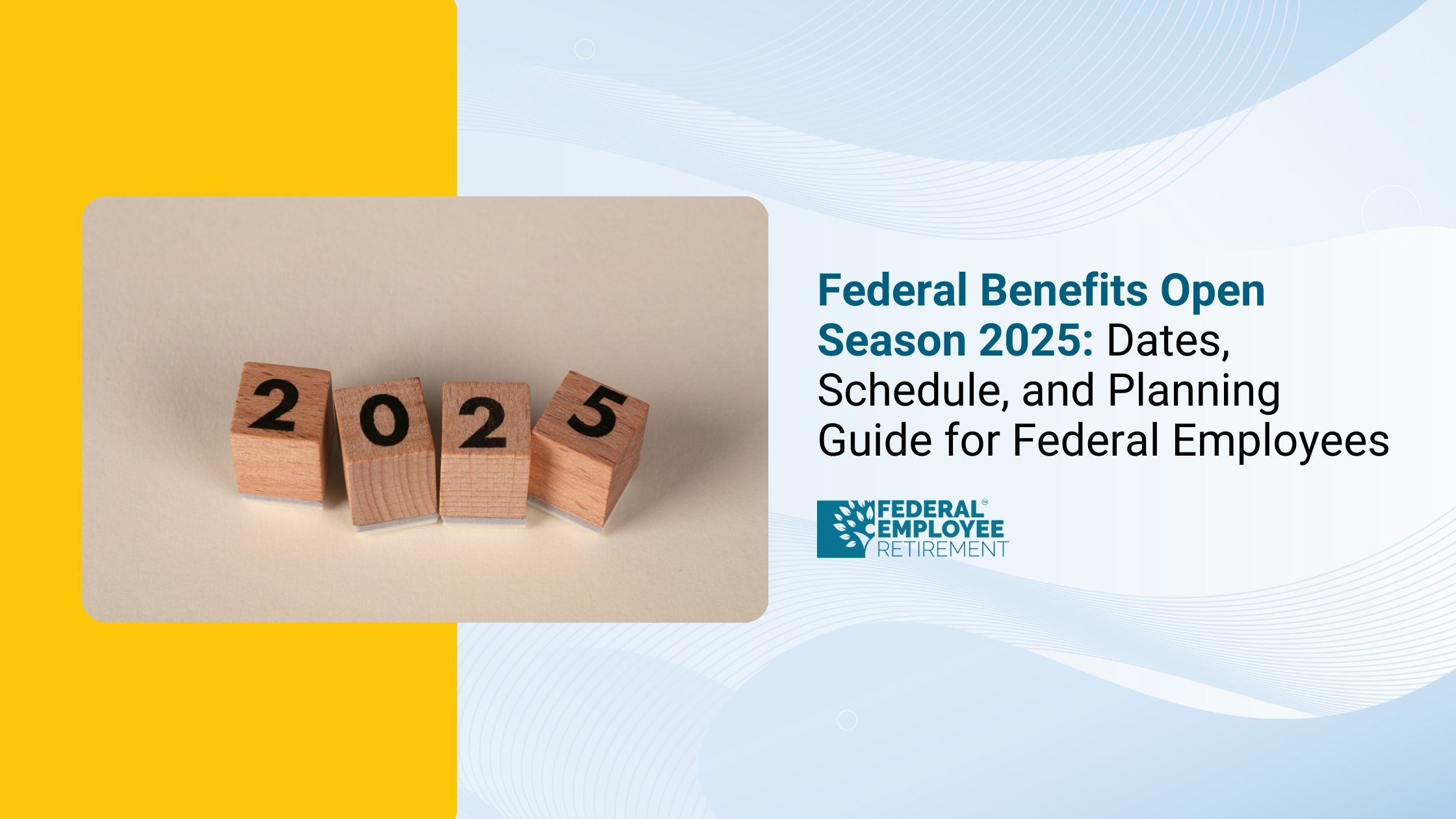You’re not alone; 4,359 federal employees booked their free review.

Federal RIFs in 2025: Legal Battles, Agency Cuts, and What Government Employees Need to Know
The federal workforce is facing significant restructuring in 2025, with Reduction-in-Force (RIF) notices impacting thousands of positions across multiple agencies. While RIFs have long been a part of federal workforce management, the scope, timing, and legal battles surrounding this year’s actions are unprecedented.
A recent Supreme Court ruling and subsequent lower court appeals have placed the legality and fairness of ongoing federal RIFs under scrutiny. At the centre of the controversy are agencies like the Department of Defense (DoD), which face criticism for potential misuse of RIFs as a workforce reshaping tool.
What Is a Federal RIF?
A Reduction-in-Force (RIF) is a formal process where a federal agency eliminates positions due to:
- Budget reductions
- Lack of work
- Reorganisation
- Outsourcing or realignment of agency priorities
Federal agencies must follow strict Office of Personnel Management (OPM) rules when conducting RIFs, including:
- Seniority (service computation date)
- Performance rating
- Veterans’ preference
- Tenure group
- Bumping/retreat rights
These regulations aim to ensure fairness and protect employees’ rights when job cuts occur.
Dozens of RIF Plans Ready to Implement
According to the government’s disclosure to the Supreme Court, 40 RIF plans from 17 federal agencies are ready for immediate implementation, pending legal decisions. These RIFs are rooted in Agency Reorganisation and Reduction Plans (ARRPs) submitted under a February 2025 executive order.
Judge Susan Illston of the U.S. District Court has required the government to disclose which agencies are involved, citing concerns over transparency and the validity of the deliberative process privilege previously claimed by the government.
Illston noted:
“The final versions of the ARRPs at the 17 agencies... are likely not pre-decisional and deliberative documents.”
She added that the public and impacted employees have a right to know how and why workforce reductions are being carried out.
Government Arguments and Sensitive Data
The government insists that ARRPs remain non-final and fluid. OMB Senior Advisor Stephen Billy stated:
“ARRPs are living documents... subject to change due to evolving agency needs or leadership changes.”
To that end, OMB and OPM have asked agencies for ongoing monthly progress reports, highlighting the dynamic nature of reorganisation efforts.
Despite this, Judge Illston is inclined to compel disclosure, especially where RIFs have already been approved by the Office of Management and Budget (OMB) and Office of Personnel Management (OPM).
Facing a possible RIF or DOD layoff? Don’t wait understand your retirement options and protect your benefits. Schedule your confidential session now.
Recourse for Individual Employees
Even if RIF plans are upheld, individual federal employees have recourse:
- Merit Systems Protection Board (MSPB) reviews RIF appeals
- Federal Circuit Court can evaluate agency actions
- Employees can challenge:
- Improper service computation date
- Misclassified competitive levels
- Faulty performance evaluations
- Improper service computation date
“In some large agencies like the VA, RIFs often misidentify competitive groups,” noted Michael Fallings, a managing partner at Tully Rinckey.
These reviews ensure compliance with RIF regulations, especially when only parts of an agency are impacted.
Recent Legal Update – July 2025
In a new twist to the DoD RIF process, recent reports indicate the Trump administration has refused to comply with a federal court’s order to release a list of targeted Reduction in Force (RIF) personnel. This raises serious transparency concerns, especially for defense employees seeking clarity on their job status.
The legal standoff, stemming from a Freedom of Information Act (FOIA) case, may set a precedent for how future RIF data is disclosed or withheld from public view.
Implication: Without clear access to these lists, thousands of DoD employees could face job cuts with minimal notice or recourse.
You might like - 2025 RIF Updates: NASA & VA Workforce Reduction
Legal Transparency Under Scrutiny
Federal courts have intervened, demanding access to internal RIF documentation. However, the ongoing resistance to disclose this information has triggered growing concern among labor unions and legal watchdogs.
“This isn’t just a layoff it's a question of due process,” noted one retired DoD official following the case. While legal proceedings continue, the uncertainty is forcing many to seek preemptive retirement or reassignment guidance.
Key Agencies Impacted: Beyond DoD
At least 17 agencies have submitted RIF plans in 2025. The most high-profile of these include:
- Department of Defense (DoD) – Facing realignment and flat budgets
- Department of Veterans Affairs (VA) – Expected to cut nearly 30,000 jobs by end of FY 2025
- Internal Revenue Service (IRS)
- Department of Agriculture
- Department of Homeland Security
Agencies like the General Services Administration (GSA) are adjusting office policies due to space downsizing. Some budget proposals suggest deep cuts to watchdog agencies, potentially compromising government accountability and transparency.

Union and Lawmaker Reactions
Federal employee unions, including the American Federation of Government Employees (AFGE) and the National Treasury Employees Union (NTEU), have voiced alarm:
“Agencies are weaponizing RIFs to bypass traditional removal procedures, jeopardising workers' careers without due process,” said an AFGE spokesperson.
Lawmakers are also divided. Some see RIFs as necessary for fiscal tightening; others view them as politically motivated or poorly planned.
What Federal Employees Can Expect from a RIF
Employees impacted by a RIF are entitled to:
- 60 days' advance notice
- Severance pay (if eligible)
- MSPB appeal rights
- Priority Placement Program (PPP) for reemployment
Employees should review their service history, veterans’ status, and performance appraisals to understand their retention standing.
You might like - state department layoffs
Final Thoughts: Stay Alert and Plan Ahead
Federal RIFs in 2025 are unfolding in a politically charged and legally complex environment. For DoD, VA, and other agencies, the stakes are high not just for missions, but for employee futures. Legal rulings will shape the course of ongoing RIFs, but proactive planning is your best defence.
Federal workers should consult with HR, track internal communications, and monitor OPM and MSPB guidance as the landscape evolves.
Stay informed. Be prepared. And know your rights.
Common Questions About RIFs
Q: Is every agency planning a RIF?
No, only agencies submitting workforce realignment proposals will move forward with RIFs.
Q: Can I challenge a RIF action?
Yes. Appeals are handled by MSPB and reviewed case-by-case.
Q: Will DoD RIFs continue through 2026?
Yes, some components have multi-year realignment plans pending congressional funding decisions.
Q: How do watchdog cuts impact me?
With less oversight, RIF procedures could face fewer compliance checks, affecting fairness.
Q: Could RIF plans be overturned?
Yes. Even with Supreme Court approval of the executive order, individual RIFs could still be blocked if courts find them procedurally improper.


Get Updated
Subscribe to our weekly updates for the latest on retirement planning, federal benefits, exclusive webinars, and more!
Download Federal Retirement: Step-by-step Checklist
This comprehensive guide will help you understand your federal benefits, optimize your savings, and plan for a comfortable future.



.png)








